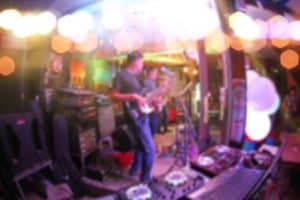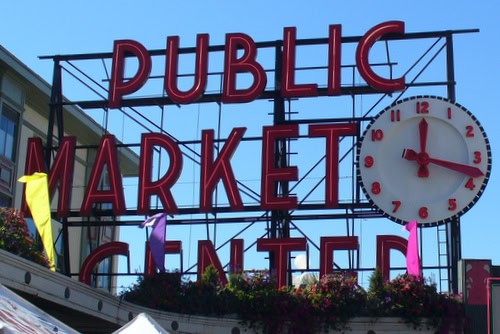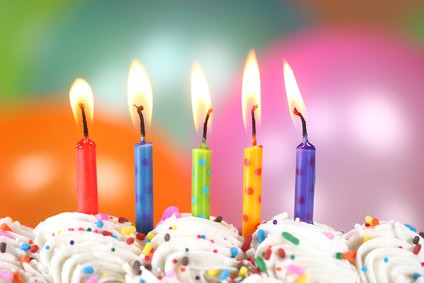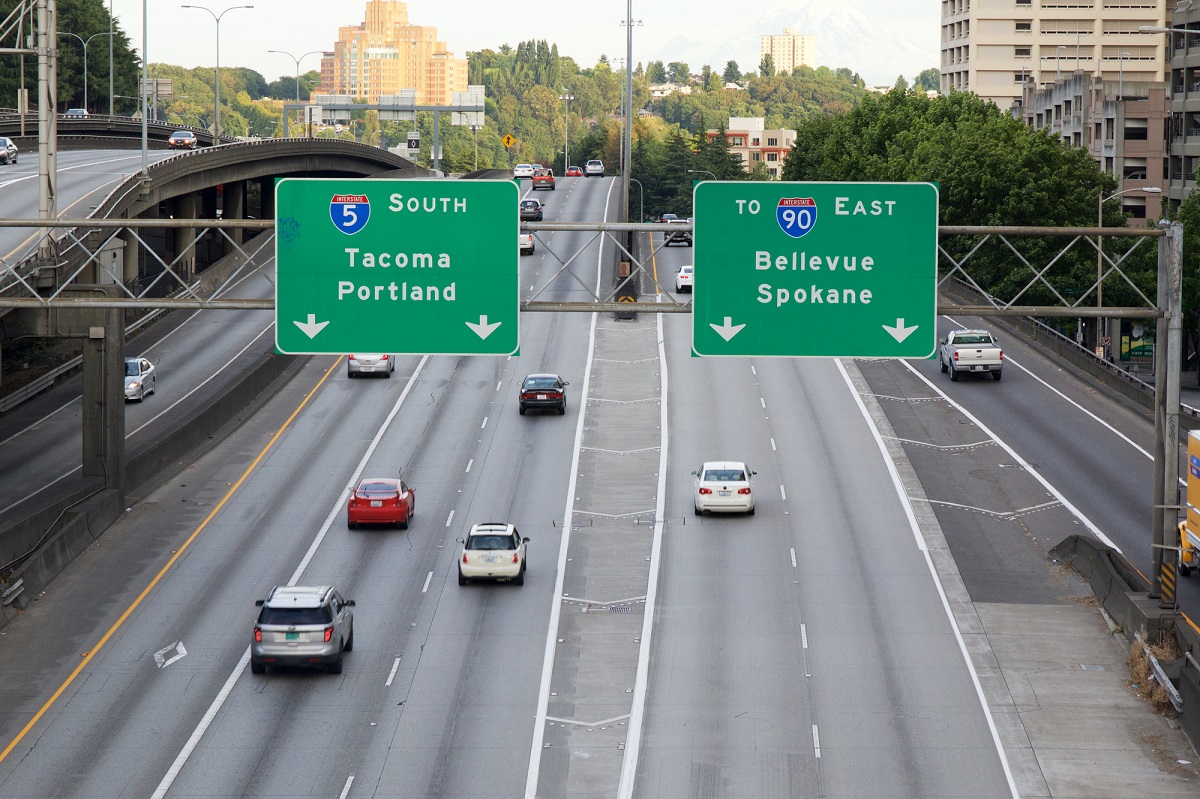Wildflowers bloom in Washington State throughout spring and summer. Exactly where and when varies according to elevation and of course the whims of nature in any given year. Generally, wildflowers bloom at lower elevations from spring to mid-summer, and higher elevations from early to late summer, when vegetation begins to give way to fall color.
Alpine Wildflowers
Alpine flowers and other seasonal vegetation come in a range of colors and textures, from low-lying ground covers to stately stalks rising above hillside meadows. On a Northwest wildflower walk, expect to see heathers, asters, marigolds, three-petaled trilliums, lilies, grasses, violets, dogwoods, dandelions and buttercups, wild berries, and many, many colorful plants. Peruse the following wildflower lists to get a glimpse of what you might see:
- Wildflowers of Mount Rainier National Park | U.S. National Park Service (nps.gov)
- Wildflower Trails & Scenic Drives in Mt. Baker-Snoqualmie National Forest | US Forest Service (usda.gov)
- Mountain Wildflowers in the Cascades and Olympics PDF (wta.org)
- Washington Wildflower Hikes: 50 Destinations – Books (mountaineers.org)
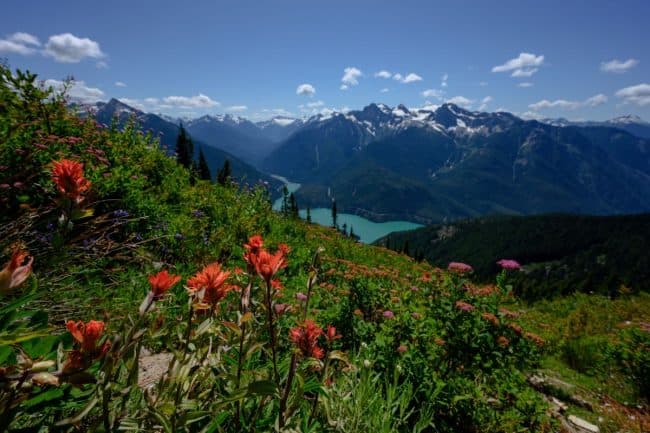
Wildflowers above Diablo Lake in North Cascades Washington – Depositphotos_333062120
Where to see wildflowers
The following regions around Washington State are especially popular for summer wildflowers viewing. Listed roughly north to south they are:
- Mount Baker area
- Cascade Mountains
- Olympic Peninsula
- Mountain Rainier National Park
- Columbia River Gorge
There are hundreds of possible wildflower hikes in Washington State, some an easy day trip and others very remote. In the list below, we selected a few easy to moderate hikes in these regions and surrounding areas.
Find many more wildflower hikes using the links provided after our suggested list.
(Wildflower hikes listed in order from spring to summer or April through August)
Sugarloaf Mountain | Washington Trails Association (wta.org) in Skagit County on Anacortes Community Forest Lands. Trailhead is about 82 miles north of Seattle. Trail is 2.5 miles roundtrip. Highest point is 1,275 feet. Best time to visit for wildflowers: April.
Ginkgo Petrified Forest State Park Backcountry in Washington Trails Association (wta.org) in central Washington east of the Cascade Mountains. Trailhead is about 135 miles east of Seattle. Trail is 5 miles roundtrip. Highest point is 1,200 feet. Best time to visit for wildflowers: April-May.
Weldon Wagon Road | Washington Trails Association (wta.org) in the Columbia River Gorge. Trailhead is about 235 miles south of Seattle. Trail is 5.4 miles roundtrip. Highest point is 1,900 feet. Best time to visit for wildflowers: April-May.
Lower Mad River Valley — Washington Trails Association (wta.org) in the central Cascade Mountains. Trailhead is about 170 miles east of Seattle. Trail is 30 miles roundtrip; first 3 miles are best for wildflowers. Highest point is 2,000 feet; first 3 miles gain 300 feet. Best time to visit for wildflowers: May.
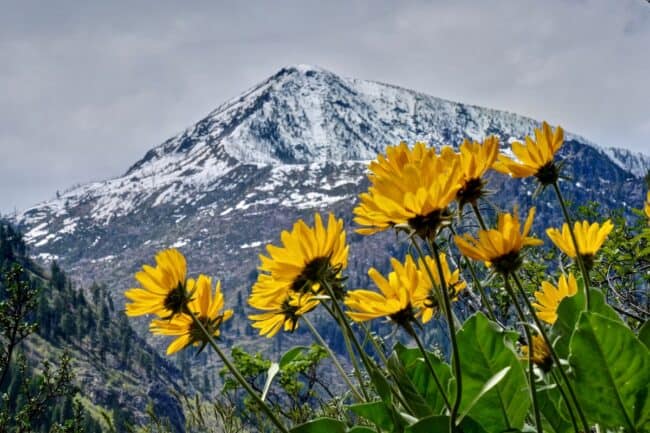
Arrowleaf balsamroot in the Cascade Mountains. Image via Depositphotos_153120552.
Mima Mounds | Washington Trails Association (wta.org) near Olympia at the southern end of the Olympic Peninsula. Trailhead is about 75 miles south of Seattle. Trail is 2.75 miles. Highest point is 225 feet. Best time to visit for wildflowers: May.
Grassy Knoll Trail | Washington Trails Association (wta.org) in the Gifford Pinchot National Forest along the Columbia River Gorge. Trailhead is about 235 miles south of Seattle. Trail is 4.4 miles roundtrip. Highest point is 3,648 feet. Best time to visit for wildflowers: May-June.
Diablo Lake — Washington Trails Association (wta.org) in the north Cascade Mountains. Trailhead is about 125 miles northeast of Seattle. Trail is 7.6 miles roundtrip. Highest point is 1,950 feet. Best time to visit for wildflowers: May-July.
Big Huckleberry Mountain — Washington Trails Association (wta.org) in the Gifford Pinchot National Forest along the Columbia River Gorge. Trailhead is about 235 miles south of Seattle. Trail is 11.5 miles roundtrip. Highest point is 2,930 feet. Best time to visit for wildflowers: May-July.
Grass Camp | Washington Trails Association (wta.org) in the central Cascade Mountains southeast of Blewett Pass off Highway 97. Trailhead is located about 120 miles east of Seattle. Trail is 6.9 miles roundtrip. Highest point 5,952 feet. Best time to visit for wildflowers: June-July.
Ira Spring Trail – Mason Lake | Washington Trails Association (wta.org) in the central Cascade Mountains on the way to Snoqualmie Pass. Trailhead is located about 55 miles east of Seattle. Trail is 6.5 miles roundtrip. Highest point 4,320 feet. Best time to visit for wildflowers: July.
Klahhane Ridge — Washington Trails Association (wta.org) on the northern end of Olympic Peninsula. Trailhead is located about 153 miles by car, or 100 miles via ferry, west of Seattle. Trail is 5.0 miles and has several access points. Highest point 6,050 feet. Best time to visit for wildflowers: July-August.
Esmeralda Basin (Esmerelda) — Washington Trails Association (wta.org) in the central Cascade Mountains. Trailhead is about 115 miles east of Seattle. Trail is 7.0 miles roundtrip. Highest point 5,960 feet. Best time to visit for wildflowers: July-August.
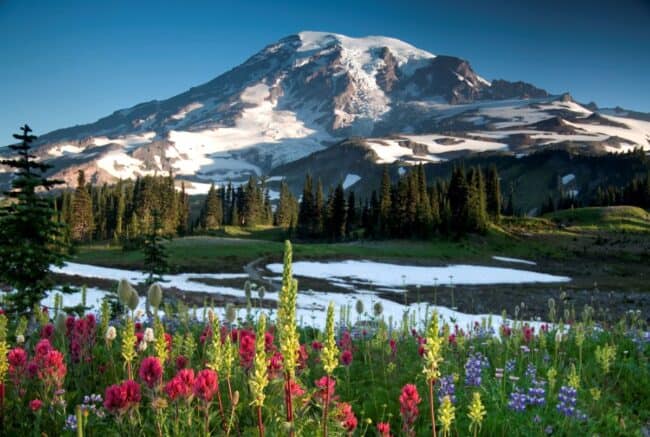
Mount Rainier from Paradise Ridge during wildflower season image via Depositphotos_75484203
Paradise at Mount Rainier National Park | U.S. National Park Service (nps.gov) on the south slope of Mount Rainier in the southern Cascade Mountains. Paradise is about 100 miles southeast of Seattle. Before you go, check wildflower status at Mount Rainier National Park (U.S. National Park Service) and also Trails and Backcountry Camp Conditions – Mount Rainier (nps.gov). The trails listed below are accessible from the Paradise parking lot. Best time to visit for wildflowers: mid-July to mid-August.
- Nisqually Vista Trail at the northwest end of the lower parking lot. 1.2-mile round-trip.
- Skyline Trail to Myrtle Falls on the north side of the upper parking lot. – mile round-trip.
- Deadhorse Creek Trail and Moraine Trail at the northwest end of the lower parking lot. 2.5-miles round-trip.
Sunrise at Mount Rainier National Park | U.S. National Park Service (nps.gov) on the northeast slope of Mount Rainier. Sunrise is about 100 miles southeast of Seattle. At 6,500 feet, Sunrise is the highest point that can be reached by vehicle in Mount Rainier National Park. The road to Sunrise is known for its spectacular vistas and viewpoints. It can be a great way to see a variety of wildflowers. Note: due to its elevation, the road to Sunrise is impassable fall to mid-summer. Before heading out, check the Road Status at Mount Rainier National Park (nps.gov). Best time to visit for wildflowers: mid-July to mid-August.
Picture Lake — Washington Trails Association (wta.org) in the Mount Baker area. Trailhead is located about 135 miles northeast of Seattle. Trail is less than 1 mile with almost no elevation gain. Highest point 4,157 feet. Best time to visit for wildflowers: August.
Grand Park via Lake Eleanor — Washington Trails Association (wta.org) on the northern slope of Mount Rainier. Trailhead is about 75 miles southeast of Seattle. Trail is 8.0 miles roundtrip. Highest point 5,630 feet. Best time to visit for wildflowers: August.
Where to find more wildflower hikes in Washington State
- 12 Spring Hikes for Wildflowers | Washington Trails Association (wta.org).
- Hiking Guide at Washington Trails Association (wta.org).
Calendar of flower and gardening activities
Listed below are events related to flowers, including gardening classes, plant sales, and more.
But wait, there’s more!
- 10 best free outdoor activities year-round
- 30 great park trails for kids in the Puget Sound region
- 40+ Walking labyrinths in Washington State
- Free park entrance days in Washington State
- Greater Seattle on the Cheap event calendar
- Greater Seattle on the Cheap home page
Multiple locations


